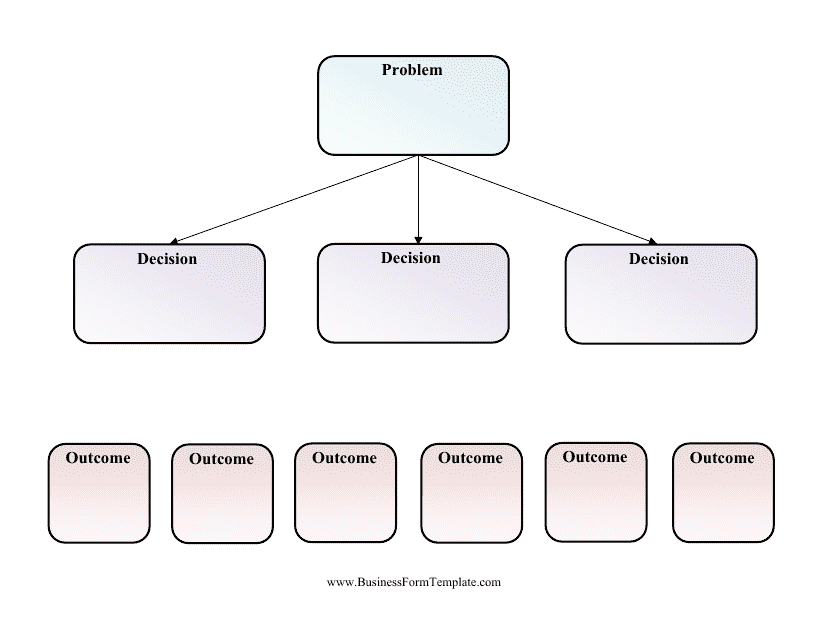Free Mind Map Templates
What Is a Mind Map?
A Mind Map is a visual technique that allows its creator to brainstorm various ideas, streamline the information they have collected or discovered, connect the concepts, and develop solutions. A diagram like this will facilitate a proper comprehension of previously unfamiliar topics and issues and deepen the knowledge when it comes to complicated concepts that should be explored in all their complexity - besides, it is a great choice for people that want to grasp a certain idea on their own and then present it to a large audience, be it a classroom or business conference.
You may see a full list of Mind Map templates by checking out our library below.
How to Make a Mind Map?
Use the tips we offer to create a Mind Map for personal use or to share with others:
-
Consider using an image editing software to draw the draft of the Mind Map - it is likely you will add more elements as you are studying the topic or attempting to resolve the problem at hand but it is recommended to create the main part of the diagram without errors or words you have crossed out to make it look neat and tidy.
-
Select the shape of the Mind Map - it may look like a tree with many branches and twigs, and the leaves can represent the ideas and suggestions put in different categories. You may also work on a diagram that includes circles, triangles, ovals, clouds, or any elements that fit the theme in question - for instance, a Mind Map you are creating to develop new ideas for a candy store will look good with semi-transparent images of cakes, cupcakes, and candies.
-
Avoid complete and long sentences - even if there is a need to explore a particular topic further, add a footnote or clarify your point when giving a speech regarding the Mind Map you have prepared. There should not be more than five or six words in any of the clouds or branches that make up the diagram - key points are enough.
-
Do not forget about the visual aspect of the Mind Map - whether you are working on a tool for your eyes only or you are planning to share your thoughts with others. Use the same highlighter to color similar ideas, do not cross the lines that connect the parts of the diagram, and opt for symbols and abbreviations wherever possible.
What Is a Mind Map Used For?
There are endless ways to use a Mind Map template created from scratch or customized to accommodate the user and potential audience - here are some of the examples that will help you understand the significance of this instrument better:
-
Implement a Mind Map Diagram when you study. Whether you are exploring an unfamiliar subject making your first steps in a field of study or your goal is to learn numerous concepts and ideas by heart before an important exam, this kind of tool will stimulate your brain and boost your productivity levels. Put a Mind Map on the wall of your study or bedroom and look at it from time to time - subconsciously, you will absorb the information you have arranged in a visually engaging way.
-
People whose job is to make critical decisions or employees given a task to map out a perfect business strategy can benefit from an instrument that covers different aspects of the problem and connects concepts that may seem unrelated at first glance. Ensure you include alternative paths, pros and cons of going on a particular route, and prove the point you are making by showing what propositions work best for your organization.
-
Make a Mind Map as the main presentation tool before you speak publicly or insert one or two Mind Maps in a more comprehensive report you are working on. You may rely on the diagram you have drawn to deliver a speech - include the notions you will elaborate on verbally - or show how various issues relate to one another if the point of your presentation is to convince others your theory or offer is correct.
Haven't found the template you're looking for? Take a look at the related templates below:
- Roadmap Template;
- Empathy Map Template;
- Story Map Template.
Documents:
1
This document is a template for creating decision trees. A decision tree is a graphical representation of possible solutions or courses of action to make informed decisions. Use this blank template to organize and map out various decision options and their outcomes.

